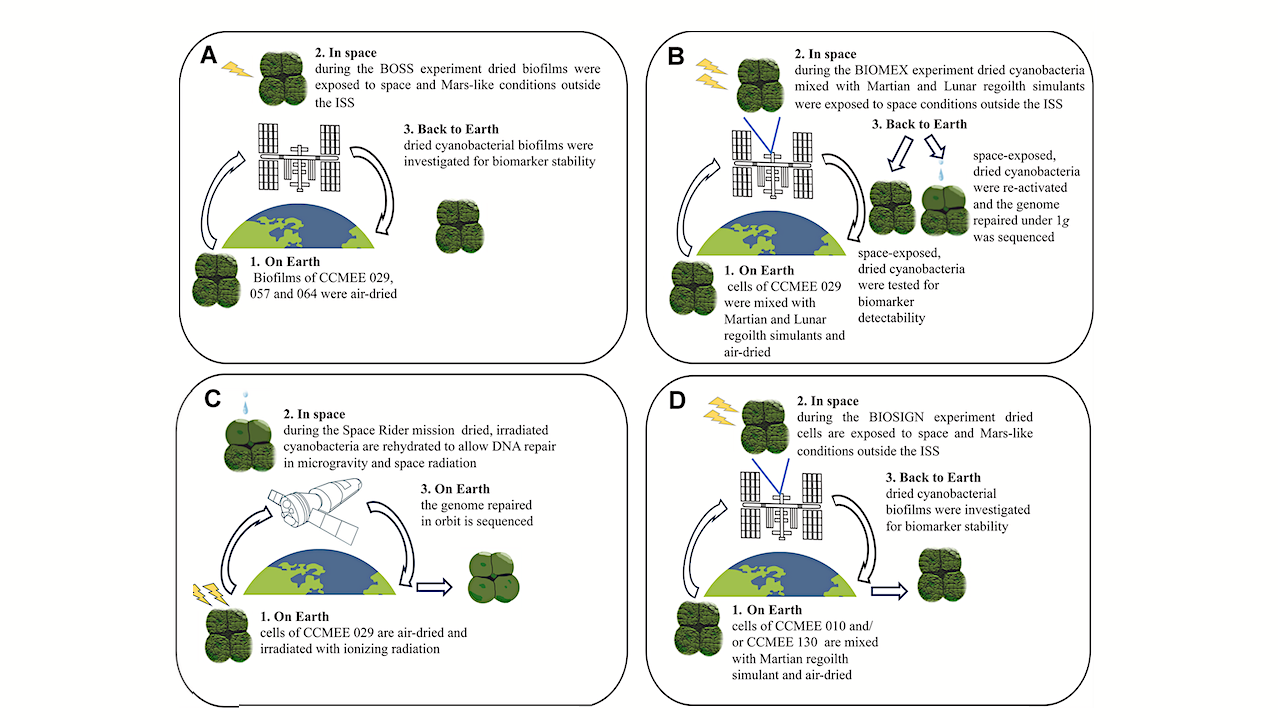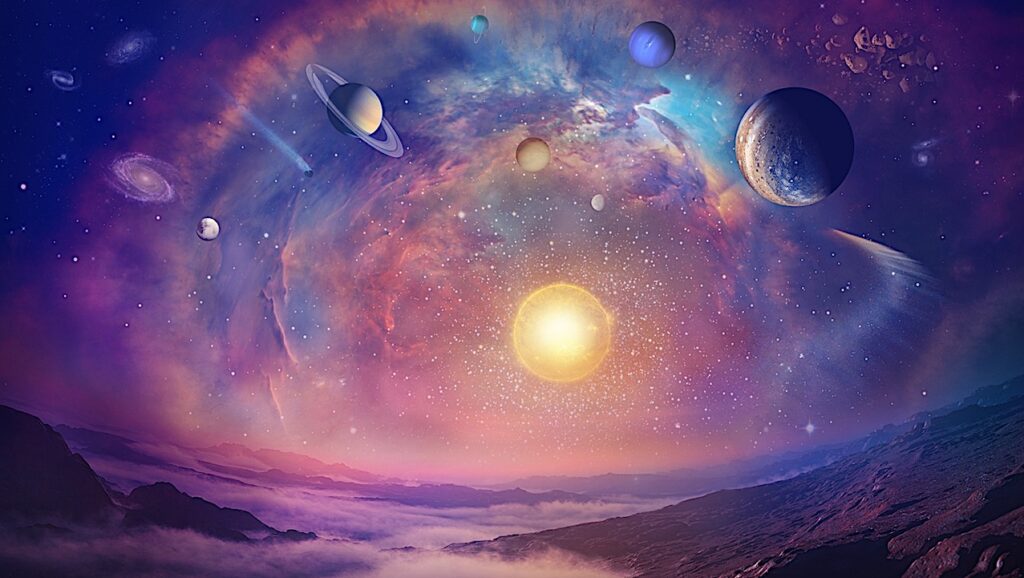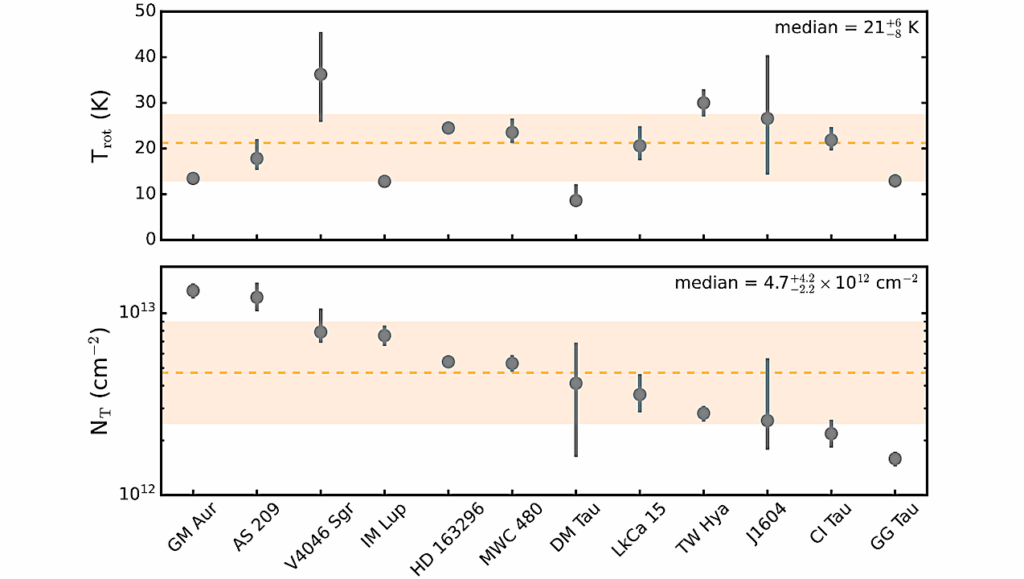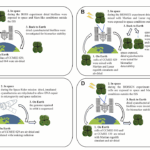Now Reading: Desert Cyanobacteria Under Non-Earth Conditions: Implications For Astrobiology And Sustainable Life Support
-
01
Desert Cyanobacteria Under Non-Earth Conditions: Implications For Astrobiology And Sustainable Life Support
Desert Cyanobacteria Under Non-Earth Conditions: Implications For Astrobiology And Sustainable Life Support


Workflow of space missions. A. BOSS: Cyanobacterial biofilms were air-dried on the ground and integrated in the EXPOSE-R2 facility. Dried samples were exposed in LEO for 1.5 years. After retrieval to Earth dried cells were tested for viability and biomarker detectability. B. BIOMEX: Cyanobacterial cells were mixed with Martian and Lunar regolith simulants, air-dried on the ground and integrated in the EXPOSE-R2 facility. Dried samples were exposed in LEO for 1.5 years. After retrieval to Earth dried cells were tested for viability and biomarker detectability, while re-hydrated cells were investigated for genome integrity. C. BIOSIGN: Cyanobacterial cells will be mixed with Martian regolith simulant, air-dried on the ground and integrated in the EXPO2 facility. After retrieval to Earth dried cells will be analyzed for viability and biomarker detectability. D. CyanoTechRider: Cyanobacterial cells will be air-dried, exposed to ionizing radiation and integrated into the Space Rider. Dried cells will be re-hydrated in orbit and the genome sequenced after retrieval to Earth. — Acta Astronautica
The astonishing capability of life to adapt to extreme conditions provides a new perspective on what habitable means.
Desert cyanobacteria of the genus Chroococcidiopsis have been investigated for survival potential under laboratory simulations of space and planetary conditions as well as under real space conditions or Mars conditions simulated in LEO. When exposure conditions did not exceed repair capabilities, insights were gained on constraints that life can withstand. When accumulated damage exceeded repair potential, biomarker detectability contributed to the search of life beyond Earth.
Results of the ESA BIOMEX and BOSS space missions performed outside the ISS showed that ultraviolet radiation greatly affects cellular survival and biomarkers stability. On the contrary, ionizing radiation does not significantly impair biomarker detectability in dried cells as revealed by Raman spectroscopy and fluorescence immunoassay. The capability of repairing upon retrieval back to Earth and rehydration, the DNA damage accumulated during 1.5-year exposure in LEO has implications for future cyanobacterial-based technologies.
In this context, the effect of microgravity on DNA repair capability will be investigated with the ASI BIORIDER experiment to be performed in the maiden flight of the ESA Space Rider. During the ASI project Life in Space the survival potential of dried Chroococcidiopsis under laboratory-planetary simulations was investigated, yielding new insight into endurance under salty-ice conditions simulating icy worlds.
The capability of desert strains to harvest near-infrared is under investigation in the context of the ASI ASTERIA project that holds implications for oxygenic photosynthesis on exoplanets. The gathered knowledge will contribute to perform new experimentations and advance the scientific utilization of the space platforms that are under development or in advanced planning stage for experiments beyond LEO.
The endurance of desert cyanobacteria under space and Mars-like conditions and their capability to grow using resources available in situ on the Moon and Mars have bene investigated in the ASI ReBUS project and on-going results gathered in the Space It Up project will further contribute to fill the gaps in developing cyanobacterial-based life systems to support human settlements on the Moon and Mars.
Desert cyanobacteria under non-Earth conditions: Implications for astrobiology and sustainable life support, Acta Astronautica. x-mol.
Desert cyanobacteria under non-Earth conditions: Implications for astrobiology and sustainable life support, Acta Astronautica (open access)
astrobiology, extremophile, microbiology,
Stay Informed With the Latest & Most Important News
Previous Post
Next Post
-
 012024 in Review: Highlights from NASA in Silicon Valley
012024 in Review: Highlights from NASA in Silicon Valley -
 02Panasonic Leica Summilux DG 15mm f/1.7 ASPH review
02Panasonic Leica Summilux DG 15mm f/1.7 ASPH review -
 03How New NASA, India Earth Satellite NISAR Will See Earth
03How New NASA, India Earth Satellite NISAR Will See Earth -
 04And Thus Begins A New Year For Life On Earth
04And Thus Begins A New Year For Life On Earth -
 05Astronomy Activation Ambassadors: A New Era
05Astronomy Activation Ambassadors: A New Era -
06SpaceX launch surge helps set new global launch record in 2024
-
 07Space Force plans new ‘Futures Command’ amid pressure to speed up modernization
07Space Force plans new ‘Futures Command’ amid pressure to speed up modernization




















